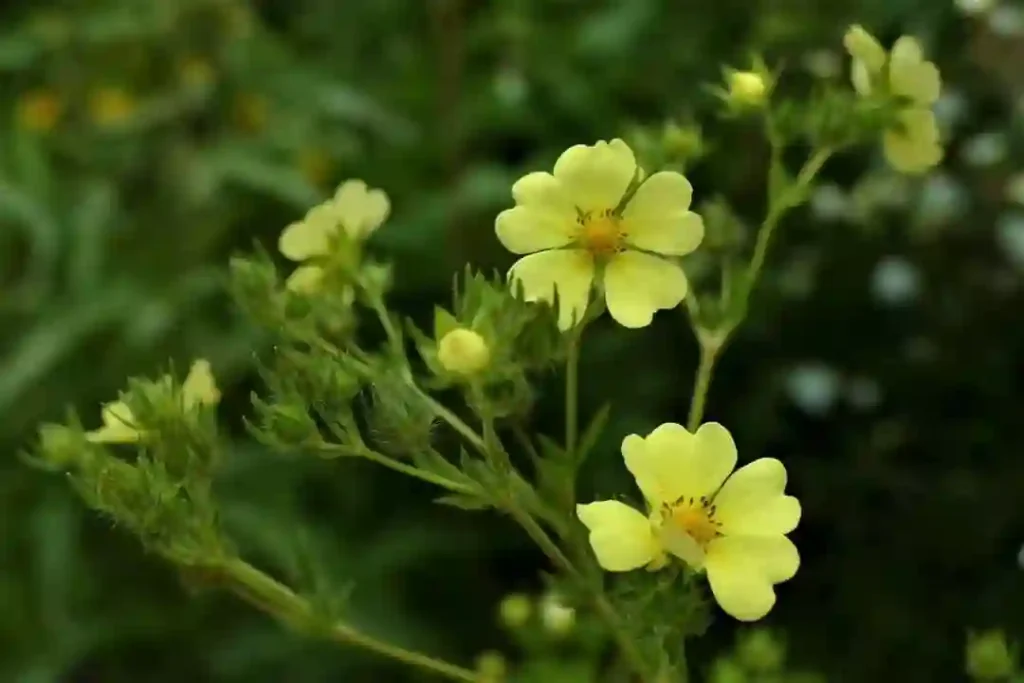
Pinky Winky Hydrangea vs Vanilla Strawberry
I’ve found that the Pinky Winky Hydrangea’s vibrant color change and upright growth habit make it a standout in my garden, while the Vanilla Strawberry Hydrangea offers a more gradual, creamy-to-pink transition that’s equally charming and delightful.
When to prune pinky winky hydrangea?
I usually prune my pinky winky hydrangea in late winter or early spring before new growth begins. This timing helps promote healthy growth and ensures that I don’t accidentally remove any flower buds for the coming season. Plus, it’s easier to see the plant’s structure when it’s not in full bloom.
100 Species in Genus Hydrangea
How to prune pinky winky hydrangea?
I’ve found that pruning pinky winky hydrangea is pretty straightforward. I start by removing any dead or damaged branches, cutting them back to the base of the plant. Then, I selectively trim back some of the older stems to encourage new growth and maintain the desired shape. I try not to over-prune, though, as this can limit the plant’s ability to produce flowers.
How big does pinky winky hydrangea get?
Pinky winky hydrangea can grow to be quite large if left untrimmed. In my experience, they typically reach heights of 6 to 8 feet and have a similar spread. However, regular pruning can help keep them more compact and manageable in size.
How tall does pinky winky hydrangea grow?
From what I’ve observed, pinky winky hydrangea usually grows to about 6 to 8 feet tall in optimal conditions. However, factors like soil quality, sunlight, and pruning practices can influence its final height.
How to care for pinky winky hydrangea?
Taking care of my pinky winky hydrangea involves a few key steps. I make sure to plant it in well-draining soil with plenty of organic matter and water it regularly, especially during hot, dry spells. I also apply a balanced fertilizer in spring to promote healthy growth and vibrant blooms. And of course, I keep an eye out for any signs of pests or disease and address them promptly.
How to propagate pinky winky hydrangea?
Propagating pinky winky hydrangea is quite simple, in my experience. I’ve had success with both stem cuttings and layering. For stem cuttings, I take a cutting from a healthy branch in early summer, dip the cut end in rooting hormone, and then plant it in a pot with moist potting soil. For layering, I bend a low-hanging branch to the ground, cover part of it with soil, and wait for it to develop roots before detaching it from the parent plant.
Is pinky winky hydrangea deer resistant?
From what I’ve seen, pinky winky hydrangea is somewhat resistant to deer browsing. While no plant is completely deer-proof, I’ve noticed that deer tend to avoid my pinky winky hydrangea compared to some other plants in my garden. However, in areas with heavy deer populations, it’s always a good idea to take additional measures like using deer repellents or installing fencing.
Why is my pinky winky hydrangea white?
The color of pinky winky hydrangea blooms can vary depending on several factors, including soil pH and environmental conditions. If your pinky winky hydrangea is producing white blooms instead of the expected pink and white bicolor, it could be due to factors like insufficient sunlight or improper pruning. Additionally, some cultivars may naturally produce more white blooms than others.
Will pinky winky hydrangea grow in shade?
Pinky winky hydrangea can tolerate partial shade, but it generally prefers full sun to part shade for optimal growth and flowering. In my experience, placing it in a location with morning sun and afternoon shade has worked well to provide the right balance of light for my plants.
How fast do pinky winky hydrangea grow?
Pinky winky hydrangea is a moderately fast-growing shrub, especially when it’s young and establishing itself in the garden. In my experience, under optimal conditions with adequate sunlight, water, and nutrients, it can grow several inches to a foot or more in a single growing season.
Where to buy pinky winky hydrangea?
I’ve purchased pinky winky hydrangea plants from various sources, including local nurseries, garden centers, and online retailers. It’s usually readily available at these places, especially during the spring and early summer when it’s in high demand. I always make sure to buy from reputable sellers to ensure that I’m getting healthy, high-quality plants.
If i die, water my plants!



